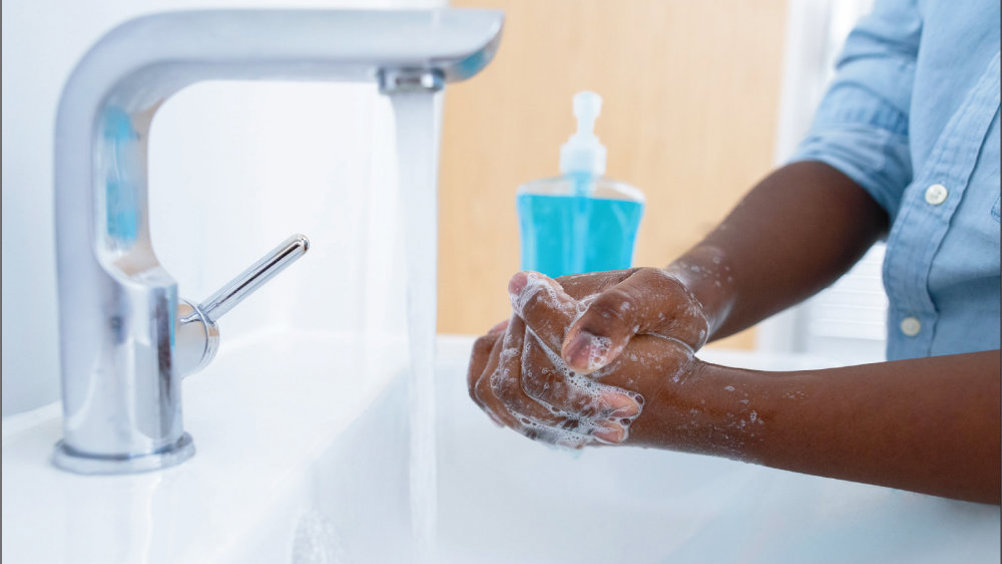References
Barriers and facilitators to infection prevention and control guidelines adherence: an integrative review

Abstract
Background/Aims
Midwives play a key role in the prevention and control of infection. The identification of barriers and facilitators to guideline adherence is of paramount importance to improve compliance and ultimately patient care. This review's aim was to explore barriers and facilitators to midwives' infection prevention and control guideline adherence.
Methods
This integrated review used the Whittemore and Knafl method to conduct a systematic search of eight databases for research carried out between 2015 and 2021. Data were analysed using the Braun and Clarke framework and reported using PRISMA guidelines.
Results
Four themes were identified: ‘compliance is infrastructure and resource dependent’, ‘recognising and working with what you have’, ‘midwives' fear and anxiety’ and ‘culture change: a mammoth challenge’. Midwifery experience of infection prevention and control guidelines adherence is affected by factors such as resource availability, guideline availability, healthcare systems, socioeconomic factors and midwives' personal influences.
Conclusions
Education for midwives is crucial to improve adherence to infection prevention and control guidance. However, education from a behaviour change standpoint has been shown to be most effective and this should be incorporated into training programmes.
Midwifery encompasses the care provided to women of childbearing age and newborn babies in the antenatal, intrapartum and postnatal period (Renfrew et al, 2014). Midwives are expected to deliver the highest standards of care (Nursing and Midwifery Board of Ireland, 2021). In pregnancy, birth and the postpartum period, there is the potential for infection and midwives need to be accomplished in preventing unnecessary morbidity and mortality through guideline adherence (Johnson and Taylor, 2016).
The prevention of harm to patients, healthcare personnel and the visiting public because of infection is a key component of healthcare (World Health Organization (WHO), 2020) and can be achieved through infection prevention and control measures, such as timely recognition, infection source control, the use of personal protective equipment, environmental and engineering regulations and administrative controls (WHO, 2014). Infection prevention and control guidelines provide clarity and direction based on the core components of infection prevention and control programmes that aim to advert and control healthcare infections (WHO, 2016).
Register now to continue reading
Thank you for visiting British Journal of Midwifery and reading some of our peer-reviewed resources for midwives. To read more, please register today. You’ll enjoy the following great benefits:
What's included
-
Limited access to our clinical or professional articles
-
New content and clinical newsletter updates each month

